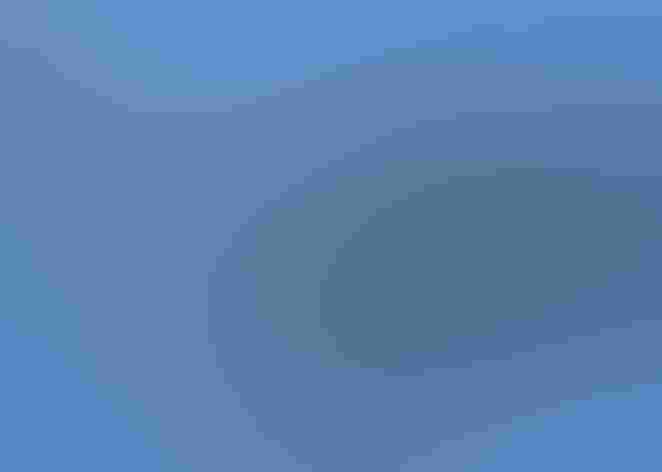Merlin
At a Glance
A rather small falcon, compact and fast-flying, the Merlin is a common breeder across the northern forests of North America and Eurasia. It feeds mostly on small birds, capturing them in mid-air in rapid pursuit. The Merlin is generally found in wild places, but since about 1960 it has become a common urban bird in several towns on the northern prairies; there it nests and remains to winter, relying on a steady supply of House Sparrows as prey.
All bird guide text and rangemaps adapted from Lives of North American Birds by Kenn Kaufman© 1996, used by permission of Houghton Mifflin Harcourt Publishing Company. All rights reserved.
Category
Falcons, Hawk-like Birds
IUCN Status
Least Concern
Habitat
Coasts and Shorelines, Fields, Meadows, and Grasslands, Forests and Woodlands, Saltwater Wetlands, Shrublands, Savannas, and Thickets, Tundra and Boreal Habitats, Urban and Suburban Habitats
Region
Alaska and The North, California, Eastern Canada, Florida, Great Lakes, Mid Atlantic, New England, Northwest, Plains, Rocky Mountains, Southeast, Southwest, Texas, Western Canada
Behavior
Direct Flight, Flap/Glide, Soaring
Population
3.200.000
Range & Identification
Migration & Range Maps
Most Merlins migrate, some northern birds reaching South America. Those of Pacific Northwest (race suckleyi) are mostly permanent residents. Some prairie birds (race richardsonii) have become permanent residents in cities on northern plains during recent decades, while others there still migrate.
Description
10-14" (25-36 cm). W. 23 (58 cm). Relatively short-tailed. Female and immature brown above, male blue-gray above, all are streaked below. Dark tail is crossed by narrow whitish bands. In pale prairie form, male is almost sky blue above, while pale brown females can suggest small version of Prairie Falcon. A scarce blackish form lives along northwest coast, seldom wanders elsewhere. Most widespread form is intermediate in color. Sharp-shinned Hawk has similar markings but has wingtip rounded (not pointed), no white bands on tail.
Size
About the size of a Crow, About the size of a Robin
Color
Black, Brown, Gray, White, Yellow
Wing Shape
Pointed, Swept, Tapered
Tail Shape
Rounded, Square-tipped
Songs and Calls
High, loud cackle, also klee-klee-klee like an American Kestrel, but usually silent.
Call Pattern
Falling, Flat, Simple
Call Type
Scream
Habitat
Open conifer woodland, prairie groves; in migration, also foothills, marshes, open country. Generally breeds in semi-open terrain having trees for nest sites and open areas for hunting. Habitat varies from coniferous forest in north and on northwest coast to isolated deciduous groves and suburban yards on prairies. May winter in more open areas, such as grasslands, coastal marshes.
Sign up for Audubon's newsletter to learn more about birds like the Merlin
Behavior
Eggs
4-5, sometimes 2-6. Whitish, lightly or heavily marked with reddish-brown. Incubation is mostly by female, 28-32 days; male brings food to female, then he incubates while she eats.
Young
Female remains with young most of time, brooding them when they are small. Male brings food, female takes it from him near nest and then feeds it to young. Age of young at first flight about 29 days.
Feeding Behavior
Does most hunting by watching from a perch, then flying out to capture prey in the air. Also hunts by flying low among trees or over ground, taking prey by surprise; seldom dives steeply from above to capture prey. Birds, insects, and bats are usually caught in mid-air.
Diet
Mostly small birds. Often specializes on locally abundant species of birds (such as Horned Larks on the plains, House Sparrows in urban settings, small sandpipers on coast). Also feeds on large insects (especially dragonflies), rodents, bats, reptiles.
Nesting
In courtship, male performs spectacular flight displays, with steep dives, strong twisting flight, glides, rolling from side to side, fluttering with shallow wingbeats. Male brings food and presents it to female. Nest site is usually in tree in old nest of hawk, crow, or magpie, 10-60' above ground. Sometimes in large tree cavity, on cliff ledge, or on ground. Usually little or no material added to existing nest.
Conservation
Conservation Status
Has increased in numbers in some parts of range, especially the northern plains, and has expanded into new nesting areas, where it often nests in towns and suburbs. Most North American populations seem to be either stable or increasing.
Climate Threats Facing the Merlin
Choose a temperature scenario below to see which threats will affect this species as warming increases. The same climate change-driven threats that put birds at risk will affect other wildlife and people, too.











